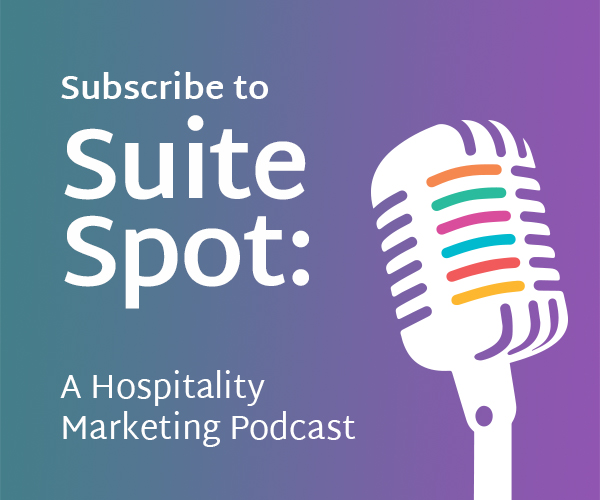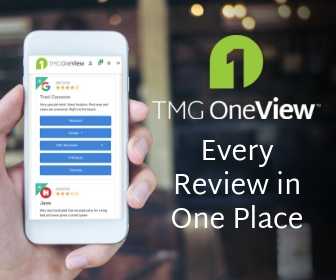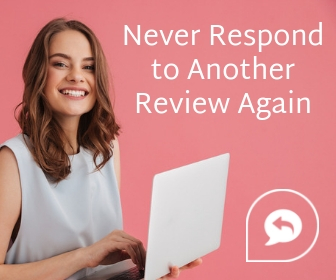Social Media Strategy – Creating the Right Plan for Your Hotel

What is a Strategy?
A social media strategy is a meticulously crafted plan that outlines how a company will leverage various social media platforms for its specific goals. This strategy involves setting clear objectives, choosing appropriate platforms, creating content, engaging with the community, scheduling posts, and analyzing performance metrics. Social media strategies can change over time as platforms and trends continue to evolve.

Target the Right Audience
Before thinking about anything else, hoteliers must establish who their audience is. Looking at prior guest details, analyze their genders, ages, nationalities, income levels, and travel purposes. A hotel in New York City will likely have a different customer database than one in rural Kansas, therefore requiring a different social media strategy. Similarly, a hotel near the beach will require a different approach than a hotel near a ski resort.
Once you establish your majority audience (and a few minor ones), you can proceed into the platform selection process. Your leading demographics may be more active on specific platforms. Meeting your audience where they are can allow for a smoother and more efficient social launch.

What Platforms Are For You?
Each social platform not only has various audiences, but each comes with unique features. Knowing these can help determine which one is best for your hotel.
- Largest age group: 25-34
- Ability to create a “Facebook Event” for things happening at the hotel
- Live stream capability
- Post text, photos, and videos
- Facebook ads
- Largest age group: 18-24
- 81% of Instagram users research new solutions or services using this platform.
- Photo and video-heavy
- Post reels, stories, boomerangs, and live videos
- Instagram ads
- Influencer opportunities
TikTok
- Largest age group: 18-24
- Video prominent – posting clips of your property, hotel features, location, etc.
- TikTok ads
- Live stream capability
- Influencer opportunities
X/Twitter
- Largest age group: 25-34
- 71% of users receive news and updates from X
- Short-form text prominent
- Photos and videos
- Use X as a customer service and guest experience platform rather than for engagement.
- Live stream capability
- X ads
- Largest age group: 25-34
- Caters to about 80% of B2B social media leads.
- Good for business travel
- Short or long-form text
- Photos and videos
- Live stream capability
- LinkedIn ads
Pinpoint Your Goals
Every hotel will have different goals for their social media campaigns. Whether the goal is to promote events in and around the hotel, showcase new hotel features, send announcements, or simply increase brand awareness, it is essential to establish attainable and measurable goals. Below are some examples of specific goals and ways to measure success.
Engagement: Interact with current and prospective clients.
- Track likes, comments, reposts, etc.
Brand Awareness: Create an online presence that fits your hotel’s demographics.
- Track follower count and posting cadence
Acquisition: use ads to promote your services, special offers, etc.
- Track ad performance and click-through rates
Content Marketing: Use social media to push people to your site.
- Track click-through rates and time spent on the site
Customer Service: answer questions through comments and direct messages.
- Track responses to guests
Refine Your Brand and Tone
As crucial as your hotel’s brand and tone are in person, your online brand and tone should evenly stack up. You want your online and offline presence to align so that there is no letdown when guests book based on what they see online. It is important to set a clear brand image but also give your social media a human touch. Social media users often forget that there are people behind a business page. Having a human element can provide a hotel credibility.
Because they have different audiences, adjust your voice and tone to fit each platform you utilize. While playful and witty may work on Instagram and TikTok, it may not work on Facebook or LinkedIn. The most important thing to remember is to be personable with your audience and let your brand’s personality shine.
Set Budget
Once your goals and brand voice are established, it is time to determine how much money you plan to spend on your socials, if any. While being on social media is free, putting money behind your initiatives can grow your audience and engagement beyond organic reach (only people who follow you). Putting money aside each month for ad spend will push your content to new eyes and propel your chance of them remembering your name when booking.
A lot of hoteliers have allocated money for their influencer campaigns. Millennials and Generation Zers use Instagram and TikTok to influence their booking decisions. Having popular social media influencers push your brand name will drive brand awareness and bookings from their followers. These micro and macro influencers also provide content you may not have the bandwidth to do independently. Ensure any chosen influencer relates to your typical demographic and speaks with your brand’s voice and tone in mind.
Identify Unique Selling Points for Content
Content is usually the #1 reason hoteliers stay away from social media. What can they post about? While you can periodically hire a photographer or videographer to capture quality content for your property, creating and posting content does not always have to be a production. Use what you already have access to!

Content Calendar and Posting During Optimal Times
Your profiles are active, your content is created, and it’s time to start posting! Creating a content calendar may seem daunting, but it keeps you on track, and consistency is vital. Digitally or physically, lay out a calendar and start filling it out in these steps:
- Holidays and National Days (Christmas or National Employee Day)
- Events (Concerts, Conferences, Sporting Events)
- Content Series (Employee Spotlights, Guest Reviews, Hotel/City Trivia)
- Evergreen Content (Hotel Property and Features, Travel Tips, Seasonal Content)
Building the content calendar is step one. Step 2 is to decide the optimal time to post. According to SproutSocial, users are most active during specific points of the day. While your audience may differ, this is an excellent place to start until you can evaluate your prime posting hours. The research suggests that the best times to post on social media overall are as follows:

Measure Success AND Failure
Arguably, the most essential part of being active on social media is going back and analyzing your page’s metrics. Content performance can change based on the type of post, the message, or even when it was posted. When just getting started, check out your metrics every couple of weeks and see how things are growing.
After a few months of posting, you may need to adjust the strategy based on what works well and what doesn’t. Engage in social listening with your audience and follow competitors to ensure your brand stays relevant in the ever-changing digital landscape.
TMG Social Media for Hotels
Most hoteliers understand that a social media presence is essential to travelers when booking a stay. For some, creating and executing a social media strategy requires time they don’t have. Leave the start-up to Travel Media Group and the Social Media for Hotels digital solution!
Our team of professionals will optimize your social media profiles which will improve SEO, plan and execute compelling content to fill your social calendar, and attract and capture even more travelers with targeted social media ads. With the TMG OneView® platform, you can view your social media accounts anytime and anywhere so you don’t miss a beat.
Download the checklist PDF to make sure you don’t miss a step!






0 Comments